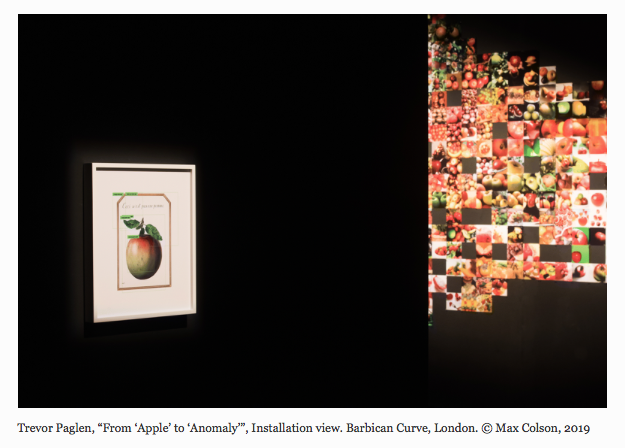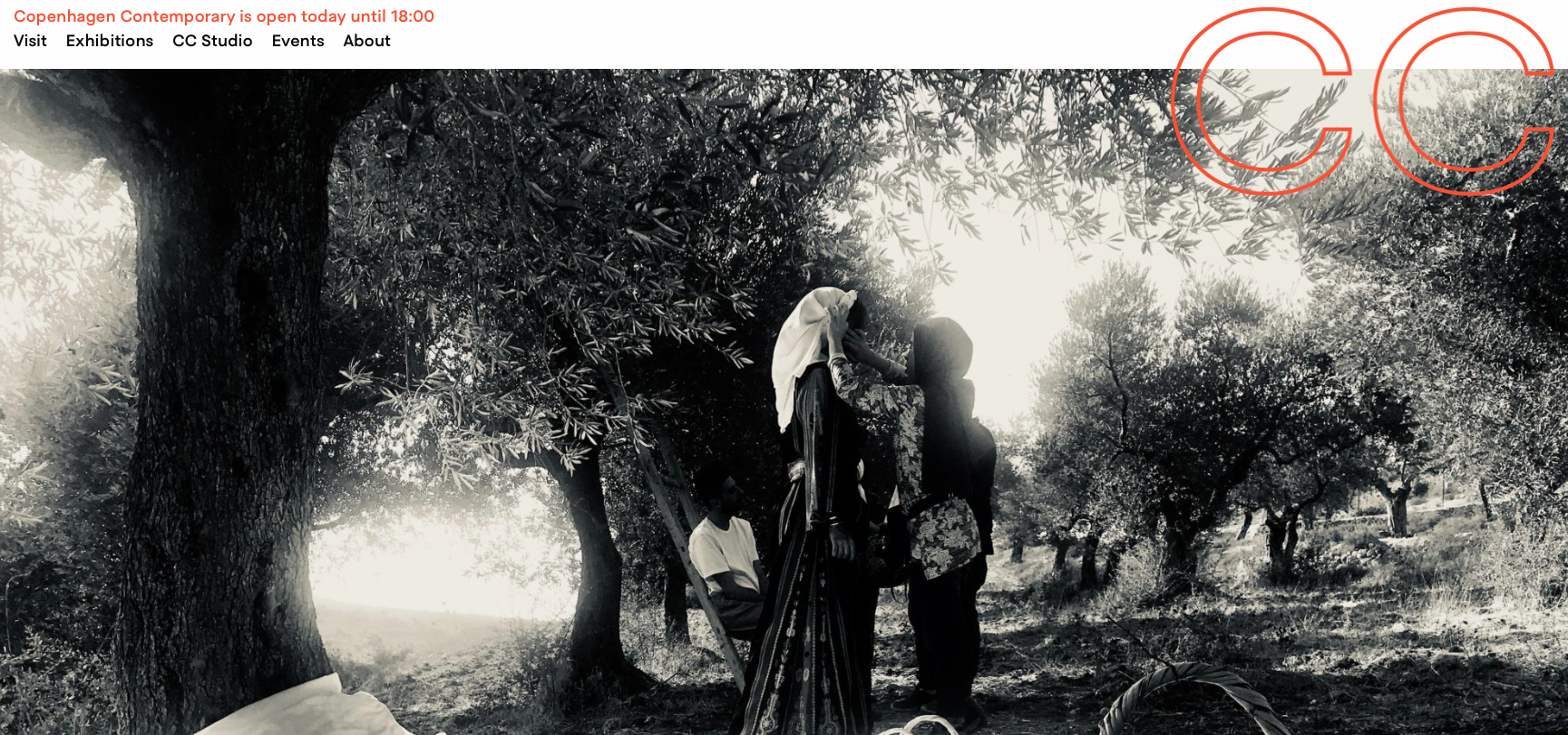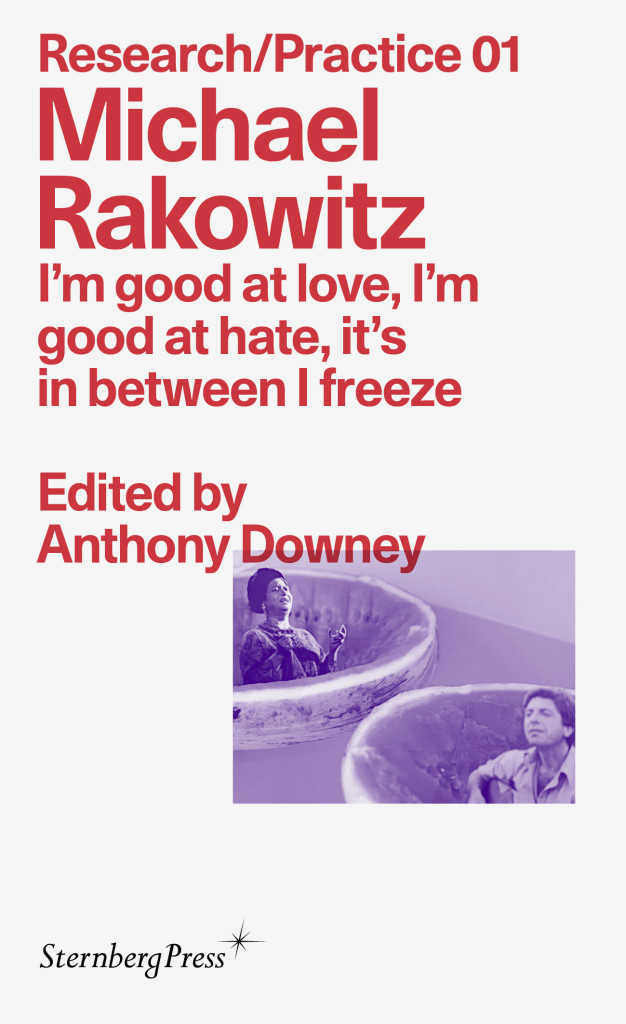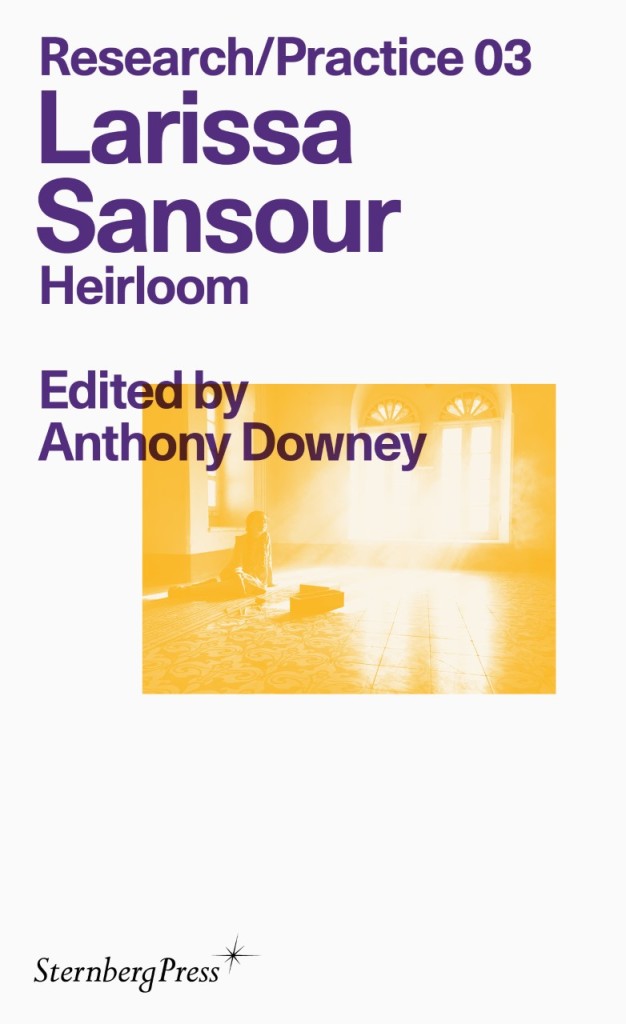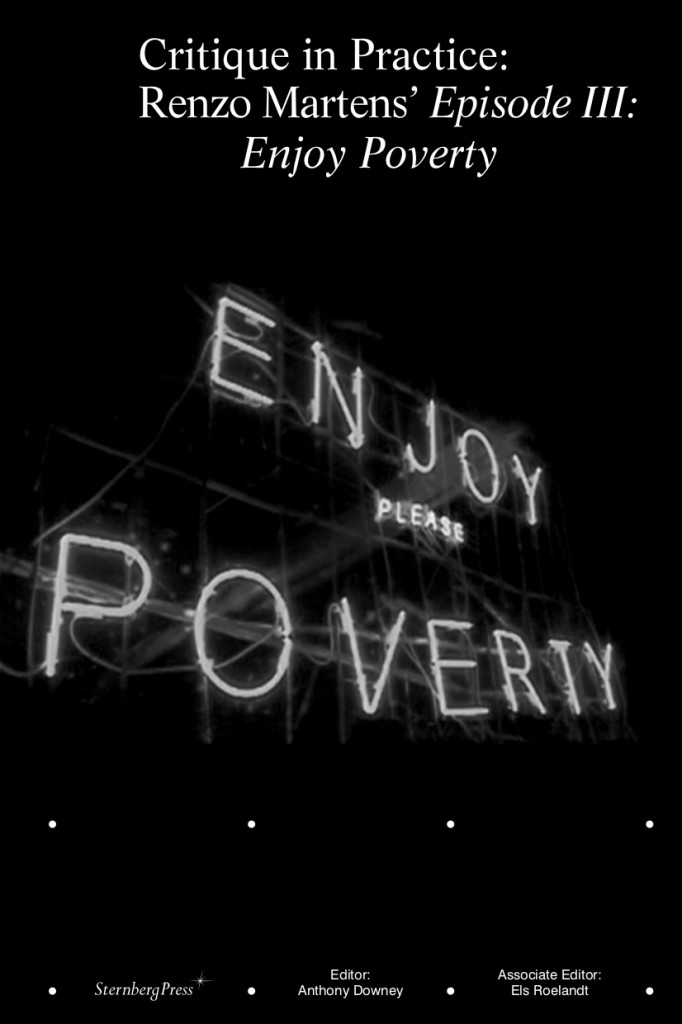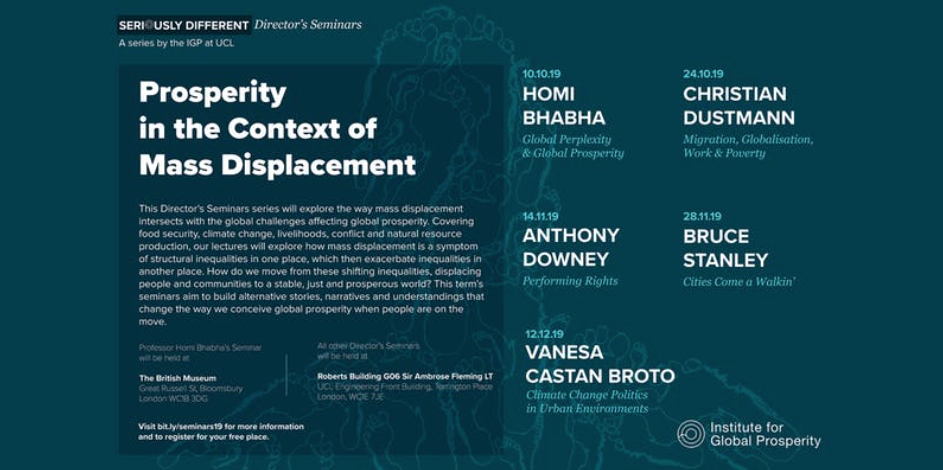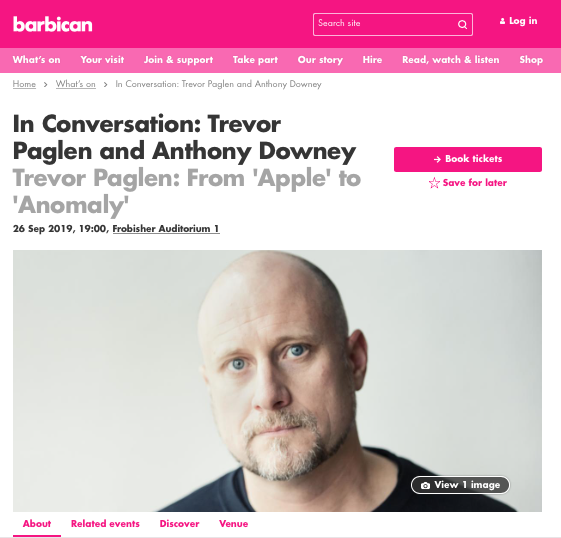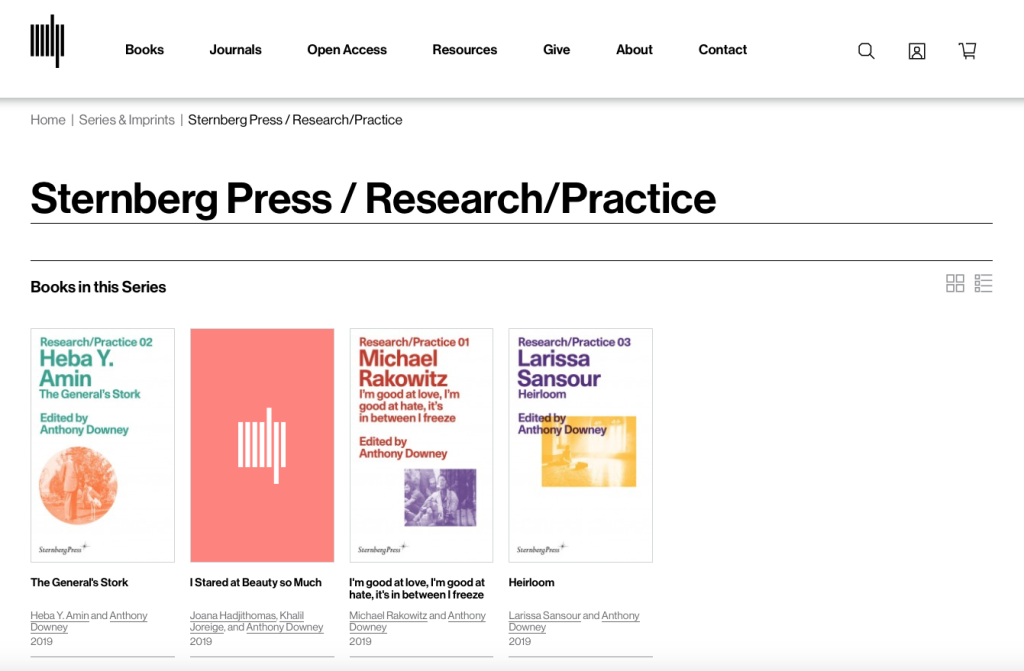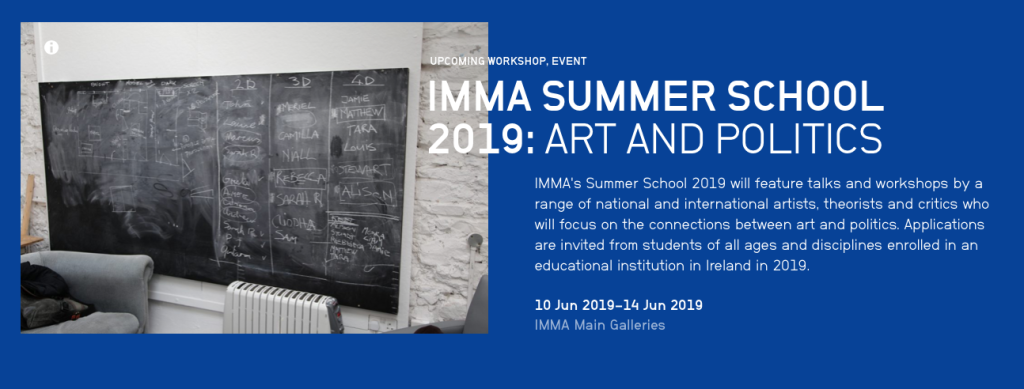Essay: ‘”Where Is The Knowledge We Have Lost in Information”: Speculative Research and Digital Methodologies’ (Sternberg Press, 2020)
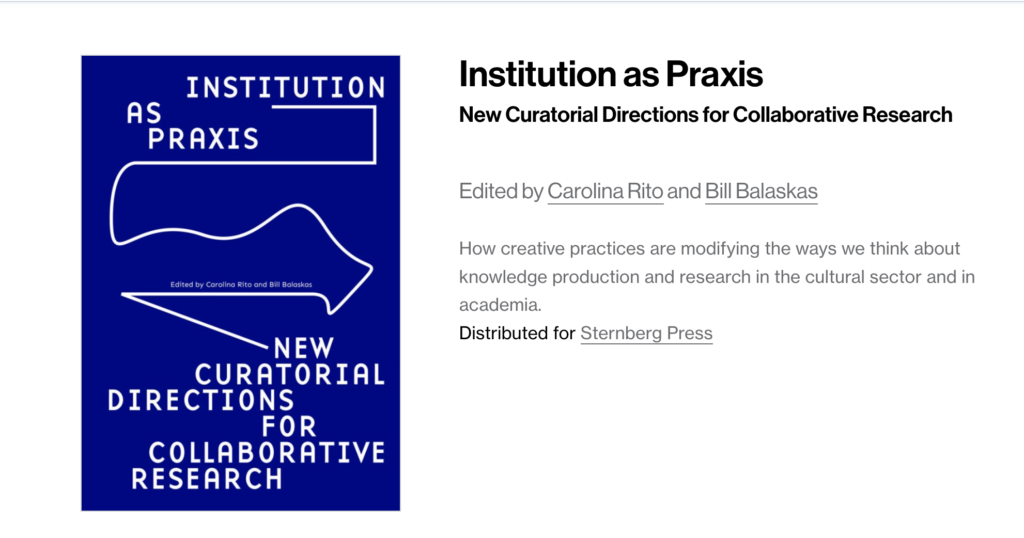
How creative practices are modifying the ways we think about knowledge production and research in the cultural sector and in academia.
Institution as Praxis: New Curatorial Directions for Collaborative Research explores new curatorial and artistic practices that contribute to the expansion of institutional, practice-based, and collaborative research methods. Offering an overview of how creative practices are modifying the ways we think about both knowledge production and research in the cultural sector and in academia, this publication outlines new research methodologies and strategies for de-universalizing and de-neutralizing the rigid epistemic schemata of inherited disciplines.
Designed as a platform of aesthetic and intellectual exchange, the speculative interface of cultural practices has radically changed the way we consider how research qualities in curatorial and artistic practices have developed. Institution as Praxis aims to identify and advocate for a multiplicity of practices taking place across the cultural sector that not only engage with the quest to deliver cultural activities (e.g. exhibitions, events), but generate new modes of knowledge production and research in the field of visual culture, art, and the curatorial.
ContributorsBill Balaskas, Michael Birchall, Mélanie Bouteloup, Carolina Cerón, Anthony Downey, Pujita Guha and Abhijan Toto for the Forest Curriculum, Joasia Krysa, Vali Mahlouji, Je Yun Moon, Andrea Phillips, Emily Pringle, Carolina Rito, ruangrupa (farid rakun and Leonhard Bartolomeus), Nora Sternfeld, Sian Vaughan
To read full essay, please click here
To purchase a copy of Institution as Praxis, click here
